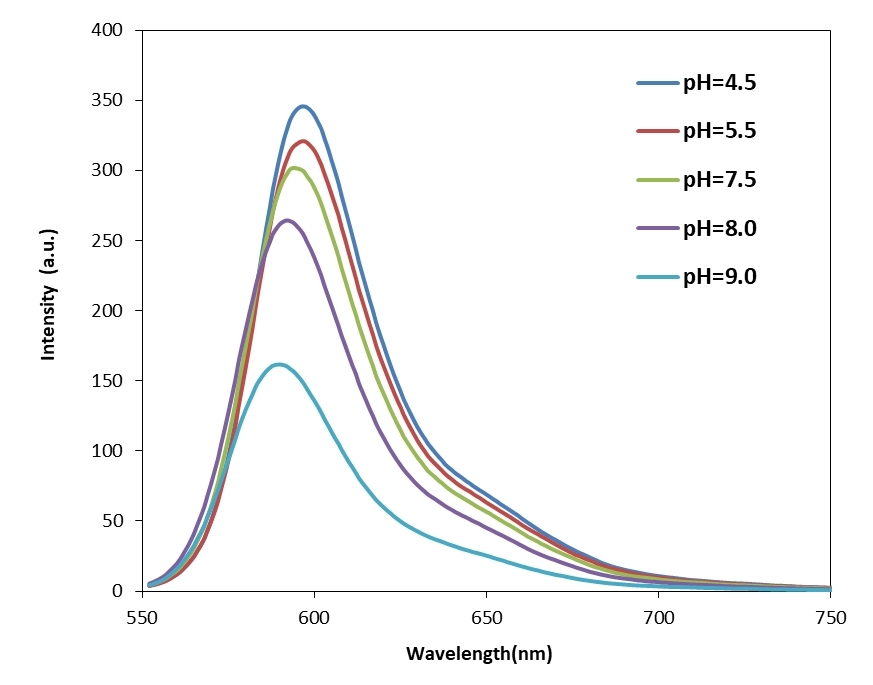Protonex™ Red 600, SE
Protonex™ Red dye demonstrated pH-dependent fluorescence. Unlike most of the existing fluorescent dyes that are more fluorescent at higher pH, acidic conditions enhance the fluorescence of Protonex™ Red dye. The fluorescence of Protonex™ Red dye dramatically increases as pH decreases from neutral to the acidic. The weak fluorescence outside the cell may potentially eliminates the wash steps. Protonex™ Red dye provides a powerful tool to monitor acidic cell compartments such as endosomes and lysosomes. Protonex™ Red dye is weakly fluorescent outside the cells, but its fluorescence is significantly enhanced in acidic compartments (such as phagosomes, lysosomes and endosomes). This Protonex™ Red enables the specific detection of cellular acidic compartments with reduced signal variability and improved accuracy for imaging or flow applications. It can be also used for multiplexing cellular functional analysis with green dyes such as GFP, Fluo-8®, calcein, or FITC-labeled antibodies. Protonex™ Red has the spectral properties similar to those of Texas Red, making the common filter set of Texas Red readily available to the assays of Protonex™ Red. This Protonex™ Red SE can be readily used to make a variety of bioconjugates for imaging or flow applications, enabling the specific detection of phagocytosis and endocytosis with reduced signal variability and improved accuracy. These conjugates can be also used for multiplexing cell functional analysis with green dyes such as GFP, Fluo-8®, calcein, or FITC-labeled antibodies. Protonex™ Red has the spectral properties similar to those of Texas Red, making the common filter set of Texas Red readily available to the assays of Protonex™ Red.


| Catalog | Size | Price | Quantity |
|---|---|---|---|
| 21208 | 1 mg | Price |
Physical properties
| Molecular weight | 953.06 |
| Solvent | DMSO |
Spectral properties
| Excitation (nm) | 576 |
| Emission (nm) | 597 |
Storage, safety and handling
| H-phrase | H303, H313, H333 |
| Hazard symbol | XN |
| Intended use | Research Use Only (RUO) |
| R-phrase | R20, R21, R22 |
| Storage | Freeze (< -15 °C); Minimize light exposure |
| UNSPSC | 12352200 |
Documents
Contact us
| Telephone | |
| Fax | |
| sales@aatbio.com | |
| International | See distributors |
| Bulk request | Inquire |
| Custom size | Inquire |
| Technical Support | Contact us |
| Request quotation | Request |
| Purchase order | Send to sales@aatbio.com |
| Shipping | Standard overnight for United States, inquire for international |
Page updated on December 17, 2025

